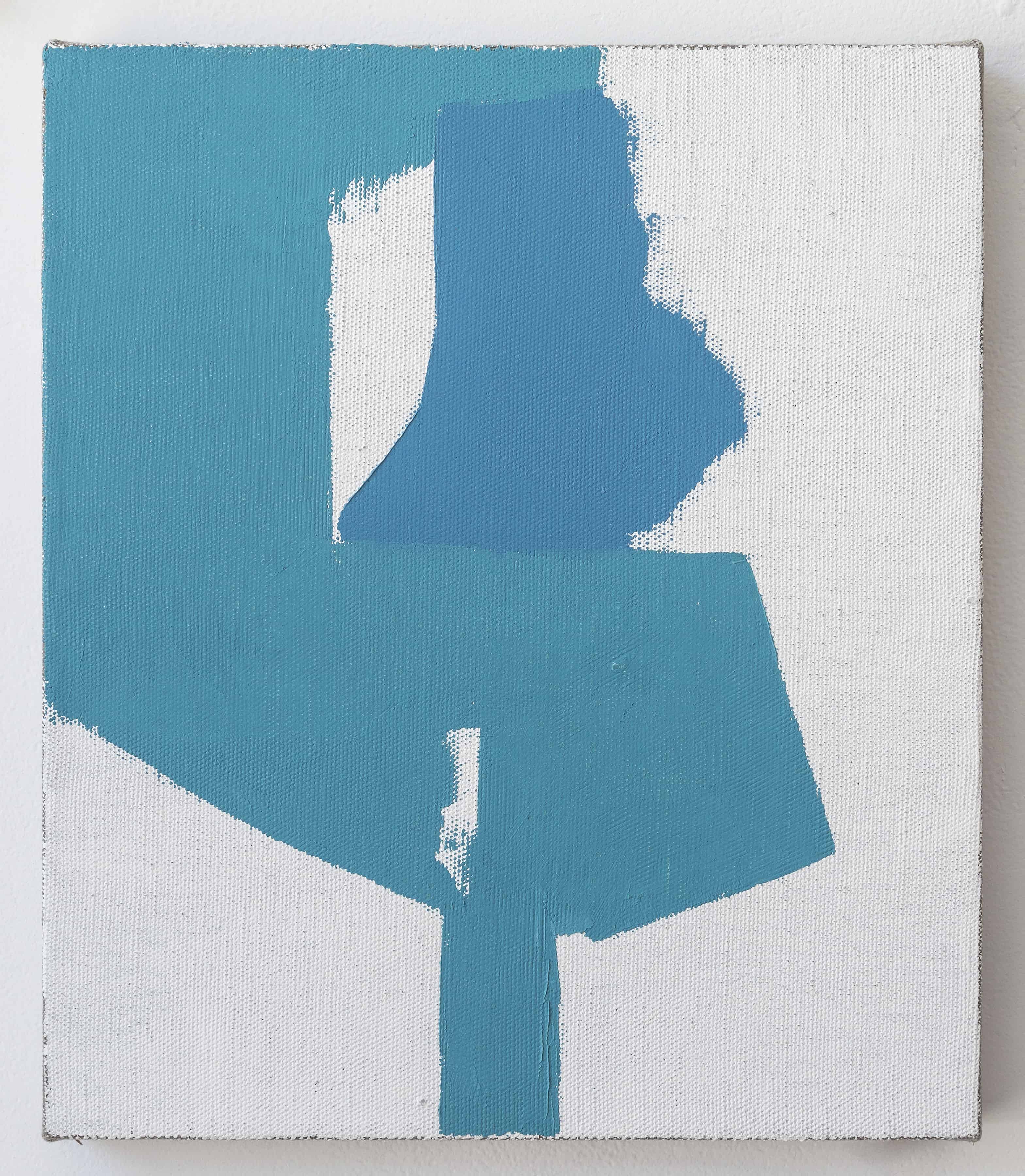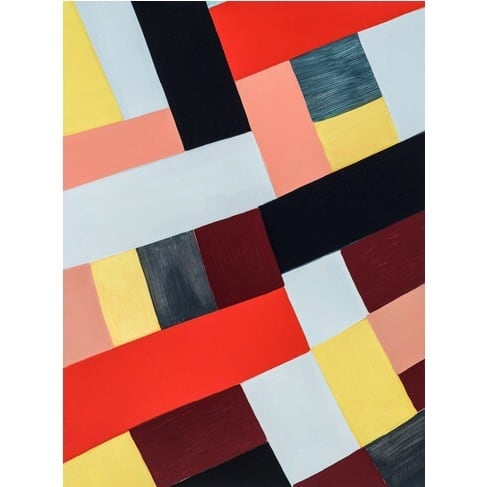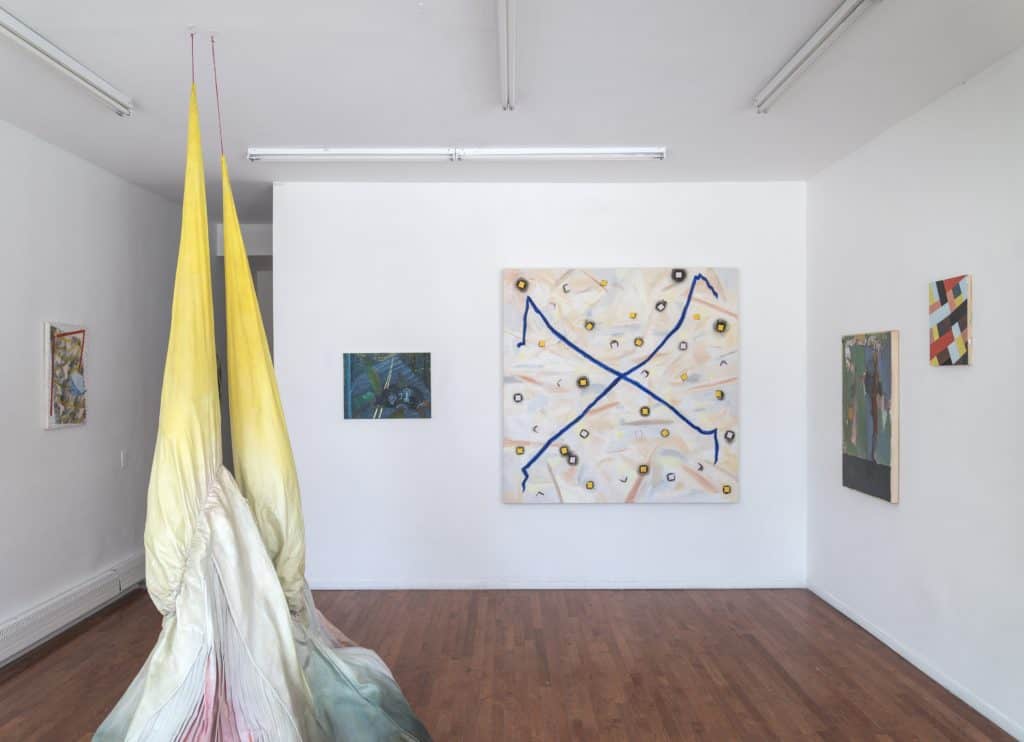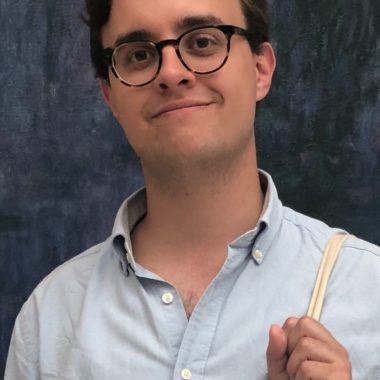Peninsula Art Space’s current show, “Wildernesses”, marks the 5th collaboration between gallery owner/director Eric Fallen and curator Johnny Mullen, formerly director of Chelsea’s Edward Thorp Gallery. The group show, exploring fragmentation and disorder, features paintings and sculptures in a variety of media from eight artists residing in New York and the surrounding area. See it now until August 18!
On a balmy Wednesday in July, I hopped off the B61 and walked over to the corner of Van Brunt and Sullivan mere moments before a powerful summer thunderstorm brought an unrelating torrential downpour. There, I was warmly greeted by Peninsula Art Space’s owner and director Eric Fallen. We stepped inside the gallery, and I experienced the current show, Wildernesses, for the first time.
The group show, which explores the scientific concept of “wildernesses” and its associated fragmentation and disorder, pairs both paintings and sculptures by eight different artists residing in New York City and the surrounding area. It opened on July 14. After I had a minute to take in the exhibition, I sat down with Fallen in his back office to chat about Wildernesses, his work with visiting curator Johnny Mullen, and what the future holds for Peninsula.
Fallen, wearing a monochromatic ensemble of a gray tee and jeans, tells me about the founding of the gallery in 2013 shortly after Hurricane Sandy left most parts of the neighborhood underwater. During this tumultuous period, the gallery was envisioned as a space to showcase emerging talent with the support of young, early-career curators. These early shows leaned towards conceptual works. Fallen himself doesn’t come from a visual arts background but from playwriting, which he taught as an adjunct professor for over 20 years. He grew up with art around him by way of his mother, who painted and purchased contemporary art. Fallen explains, “I came into this blindly, but to some degree, my lack of understanding of the art world was an asset,” which helped him break free of the restrictive silos and conventions inherent in the NYC art gallery scene. (If you’re interested in reading more about his life, check out our profile from 2015).
Since the launch of the gallery, Fallen has rotated multiple visiting curators instead of hiring one in-house. Currently, the curator is Johnny Mullen, who has worked in galleries for over 25 years and was formerly director of Chelsea’s Edward Thorp Gallery. Wildernesses marks the 5th collaboration between the two at Peninsula, which has involved primarily group shows since October 2018. (You can read a RHSR review of the Viel Feind, Viel Ehr February 2019 show at Peninsula, also curated by Mullen). The pair connected while Mullen was still with Edward Thorp at one of that gallery’s openings. Mullen was thinking about going to a different gallery at the time. “I gave him free rein,” said Fallen regarding Mullen’s Peninsula show curation, giving him more autonomy that he had at Edward Thorp.
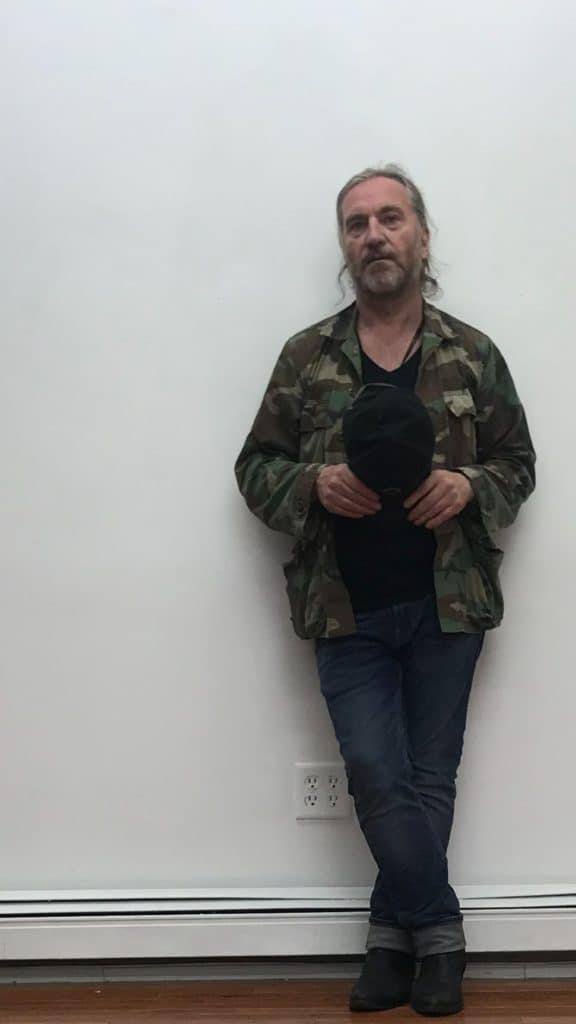
Over the phone, Mullen told me that this show came about by exploring the different subdivisions of chaos theory, including disorder and fragmentation, within the concept of “wildernesses.” The show, like others Mullen has curated, lacks labels describing the works on the walls. The curator believes that labels are aesthetically distracting. Mullen tells me that he and Fallen initially considered 16 artists for the show, which they then whittled down to eight. Each artist has two pieces in the show. The process of selecting the work was collaborative between the curator and owner/director, ranging from studio visits with artists as well as finding paintings in the Instagram artist community. Artists in the show share similar artistic careers and works that fit the exhibition’s theme, but they are from different generations — some artists are recent grads, others are in their 60s.
For the installation, Mullen said it was important to take a day or two to focus on how the works interacted with one another instead of the architecture of the space itself to achieve the best possible installation.
I noticed explorations of fragmentation when looking at works such as Cloaked and Yoked, 2019 by Amy Butowicz, made of sewn canvas, zippers, acrylic paint, foam, and thread. Placed slightly off-center in the room, the colorful sculpture bifurcates the space and guides the visitor’s sequence in the gallery.
Additionally, the three works to the immediate left of the gallery’s entrance, paintings by Michael Voss (N.DUBE, 2019), Ted Gahl (Hot, Hot, City, 2019), and Jenifer Kobylarz (So Far, 2019), create an impactful visual dialogue through their similarities starting with their color schemes. This interplay becomes even more apparent through their comparable scale and installation at the same height on the wall. Other works seemingly disrupt the binary of painting/sculpture, like Kelly Worman’s On Hold, 2019. The thick, impasto blue paint of the work flirts with the sculptural. The paint segments a field of pink dotted by imperfect yellow and blue squares.
Looking forward, Fallen and Mullen plan to further define the gallery’s identity and begin representing artists and all that entails, including attending art fairs that align with the gallery’s vision. The two are discussing programming for the next year, including more solo shows as well as small group shows. From my conversations, it is clear that they both want to establish the gallery as an innovative community space open to a broad spectrum of different artists.
Wildernesses runs through August 18 at 352 Van Brunt St. at the corner of Sullivan in Red Hook. Hours are Saturday and Sunday 12-7 or by appointment.
Author
-

Piotr Pillardy is an arts/music writer for the Red Hook Star-Revue. He received a BA in History of Art and History from Cornell University and lives in Brooklyn
View all posts
Piotr Pillardy is an arts/music writer for the Red Hook Star-Revue. He received a BA in History of Art and History from Cornell University and lives in Brooklyn

